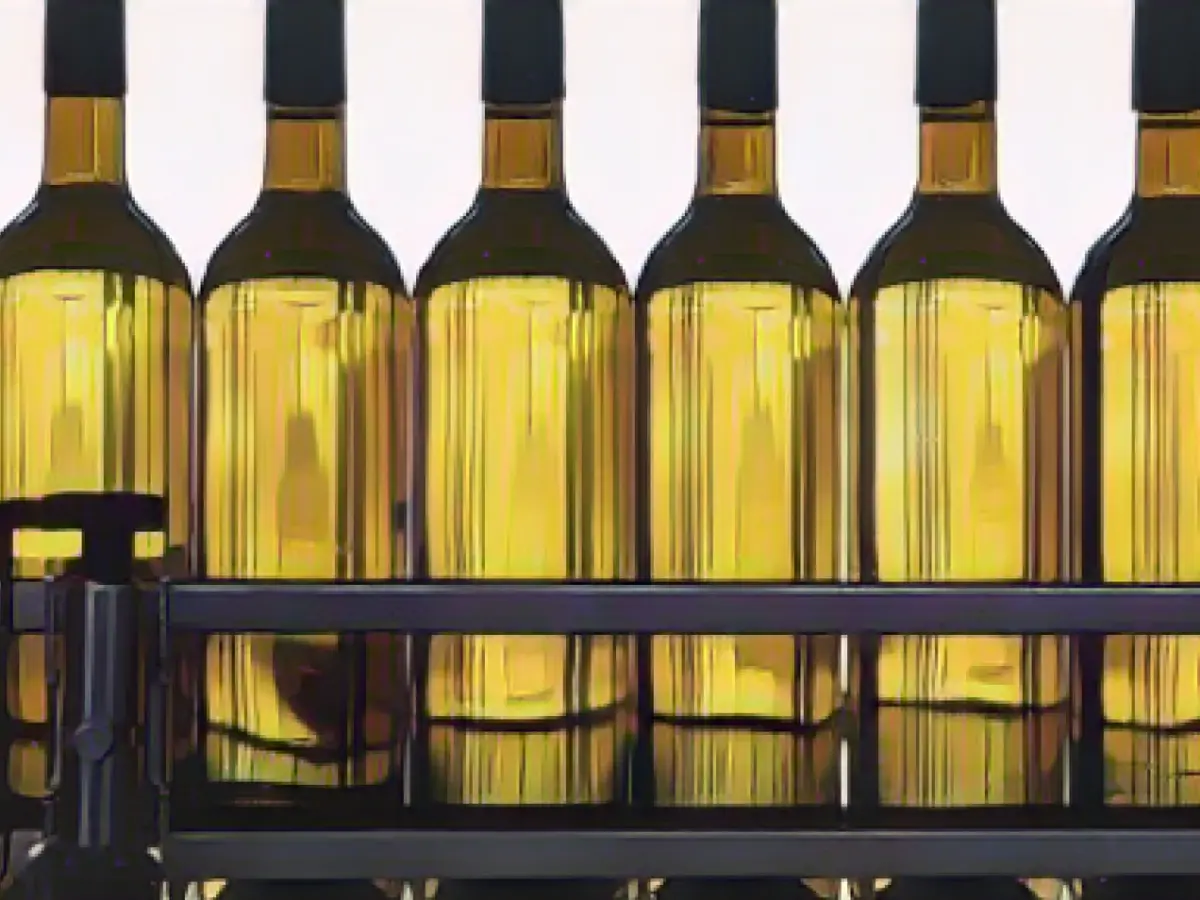Wine and bubbly enthusiasts across Europe are about to get a closer look at what they're pouring into their glasses, courtesy of new transparency rules coming into effect starting December 8. From then onwards, wine and sparkling wine labels will need to reveal the drink's flavors, nutritional facts, and additives. While it's not a straight switch for all bottles right away, bottles produced prior to the deadline can continue to sell without sporting the new labels indefinitely, according to a spokesperson from the German Federal Ministry of Agriculture.
The different definitions of when a wine or sparkling wine becomes "produced" vary slightly. Wines achieve this status once they've reached the required minimum alcohol content and correct acidity level after fermentation, which according to the EU regulation, is applicable from the 2024 vintage with the exception of ice wines. On the other hand, sparkling wines are considered "produced" following the second fermentation, and those with added carbon dioxide are considered produced at the time of distillation. Flavored wine products like mulled wines are considered produced when they receive their flavoring.
These new regulations will mean updates to wine labels, displaying ingredients and nutritional values such as calorific value, fat content, sugar, protein, and salt. QR codes or online links can be used for electronic disclosure, but the EU legislations provide no clear guidelines in this regard.
Ernst Büscher from the German Wine Institute clarified that these new label requirements apply to wine products produced after December 8, 2024, with a few exceptions like ice wines. As more data surfaces, the specifics of these exceptions may evolve.
In essence, wine and sparkling wine connoisseurs may soon be treat themselves to a more transparent experience, with detailed ingredient and allergen information on their labels, starting December 8. While not every bottle will jump onto the bandwagon right away, these changes are expected to gradually unfurl over time.
Sources: 1. 2. 3.
Enrichment Data: The new labeling regulations in Europe are set to bring about significant changes in disclosing flavors, nutritional facts, and additives on wine and sparkling wine bottles. Let's break down these changes and their implementation dates:
- Disclosure of Ingredient and Nutritional Information:
- Regulation: The European Union established new regulations in 2023, requiring both ingredient and nutritional information on wine labels.
- Impact: This change promotes transparency by making ingredients lists a legal requirement, which was not a must before. Some wineries have already started including ingredients or providing a scannable QR code linking to an online list.
- Energy Values on Wine Labels:
- Regulation: Starting December 2023, wine producers in the European Union will be required to disclose the energy content of wines on their labels.
- Impact: This regulation means energy values will be visibly displayed, measured in kilocalories (kcal) or kilojoules (kJ) per 100ml of wine, helping consumers make informed dietary decisions and align with broader health trends.
- Mandatory Labeling Information:
- Regulation: EU regulations demand energy values to appear with both kJ and kcal per 100ml, marked with an "E" symbol to signify the energy value. Other mandatory information includes designation of wine category, intolerances and allergens, alcoholic strength by volume, indication of origin, sugar content for sparkling wines, date of minimum durability for de-alcoholized wines, batch or lot number, and net quantity.
These changes aim to offer consumers greater transparency and a clearer understanding of the nutritional and environmental impact of their wine choices.





